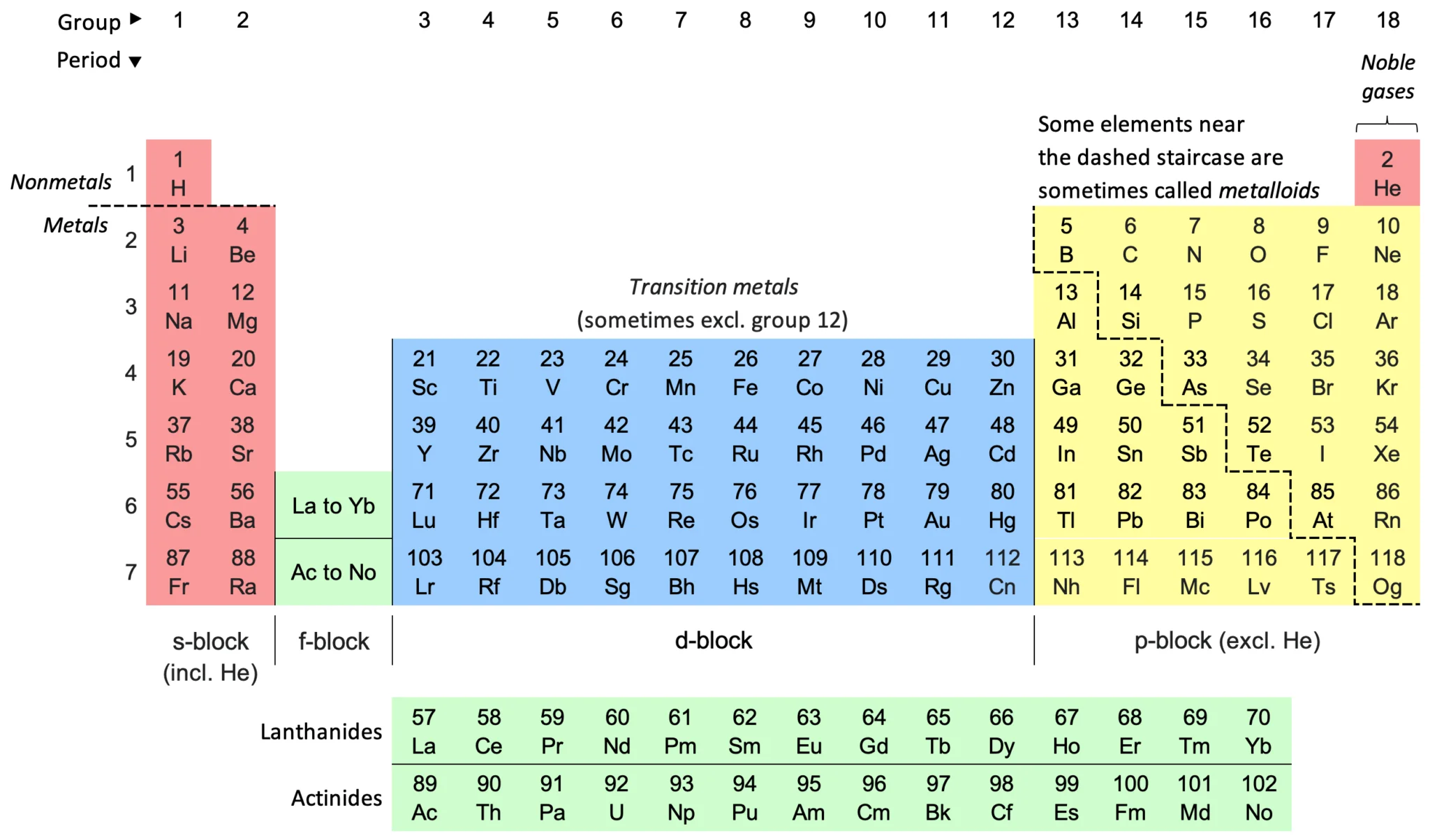Rare Earth Magnets
Victory continues to explore and develop its REE and Scandium discoveries
Rare Earth Magnets : Uses & Application
One of the primary applications of rare earth elements (REE) is in the production of high-performance rare earth magnets.
Rare earth magnets are the strongest type of permanent magnets available. They are made from alloys of rare-earth elements, such as neodymium, dysprosium, and praseodymium. Rare earth magnets are used in a wide variety of applications


Neodymium (Nd), praseodymium (Pr), and dysprosium (Dy), in particular, are essential for manufacturing permanent magnets used in wind turbines and electric vehicle motors. Some other uses:
- Computer hard disk drives
- Wind turbine generators
- Speakers and headphones
- Electric motors
- Biomedical devices
- Toys and magnets
- Jewellery
- Industrial applications
Rare earth magnets are lightweight, powerful, and allow for efficient energy conversion. Wind turbines equipped with rare earth magnets generate more electricity, increasing overall energy output.
Applications of Magnets
Computer hard disk drives
Rare earth magnets are used in the read/write heads of computer hard disk drives. The strong magnetic field of the magnets allows the heads to accurately read and write data on the disk surface.
Wind turbine generators
Rare earth magnets are used in the generators of wind turbines. The strong magnetic field of the magnets helps to convert the kinetic energy of the wind into electrical energy.
Speakers and headphones
Rare earth magnets are used in the speakers and headphones of many electronic devices. The strong magnetic field of the magnets allows the speakers to produce a clear and powerful sound.
Electric motors
Rare earth magnets are used in the motors of many electric devices, such as electric vehicles, power tools, and appliances. The strong magnetic field of the magnets helps to improve the efficiency of the motors.
Biomedical devices
Magnets are used in a variety of biomedical devices, such as MRI machines, pacemakers, and hearing aids. The strong magnetic field of rare earth magnets can be used to diagnose and treat medical conditions.
Toys and magnets
Rare earth elements are used in a variety of toys and magnets, such as magnetic building sets, refrigerator magnets, and compasses. The strong magnetic field of the magnets makes them fun and educational.
Jewellery
They are also used in some types of jewellery, such as earrings and necklaces. The magnets can be used to attract other magnets or metal objects.
Industrial applications
A variety of industrial applications, such as magnetic separation, lifting and hoisting, and manufacturing use REE magnets. The magnets are sometimes used to separate materials, lift heavy objects, and precisely position components.

Rare earth magnets are a valuable technology with many potential applications. However, it is important to be aware of their limitations and potential hazards. When used properly, rare earth magnets can be a safe and effective way to achieve desired results.

ASX Announcements

Annual Reports

VTM Prospectus

Videos
REE Supply Concerns
The majority of global rare earth production is concentrated in a few countries, making supply chains vulnerable to geopolitical uncertainties. Additionally, the extraction and processing of rare earth elements can have environmental and social impacts if not managed responsibly. Please read documents on our Corporate Governance Page for more information about our approach.
There are 17 Rare Earth Elements
Rare Earth Elements (REEs) comprise of 17 chemical elements that belong to the lanthanide series of the periodic table. Lanthanide elements are silvery-white metals that are generally soft, malleable, and ductile. They have high melting points and are highly reactive, particularly when finely divided.
| Lanthanum (La) | Cerium (Ce) | Praseodymium (Pr) | Neodymium (Nd) | Promethium (Pm) | Samarium (Sm) |
| Europium (Eu) | Gadolinium (Gd) | Terbium (Tb) | Dysprosium (Dy) | Holmium (Ho) | Erbium (Er) |
| Thulium (Tm) | Ytterbium (Yb) | Lutetium (Lu) | Scandium (Sc) | Yttrium (Y) |
REE Lathanides on the Periodic Table

